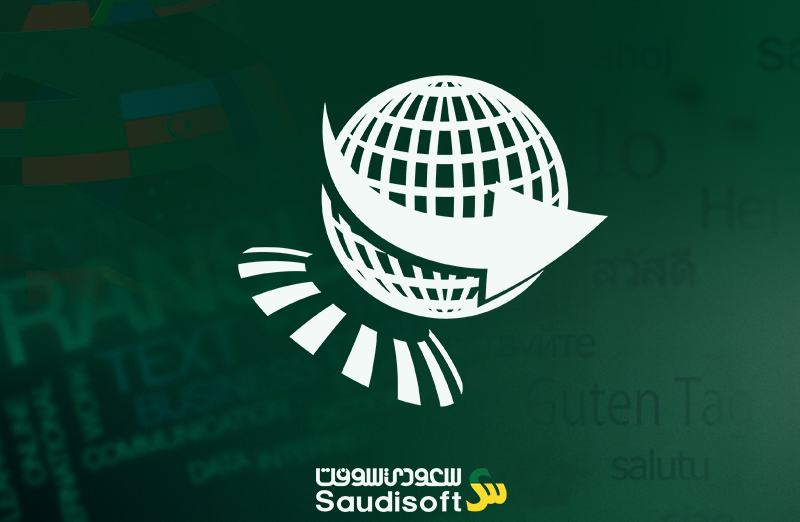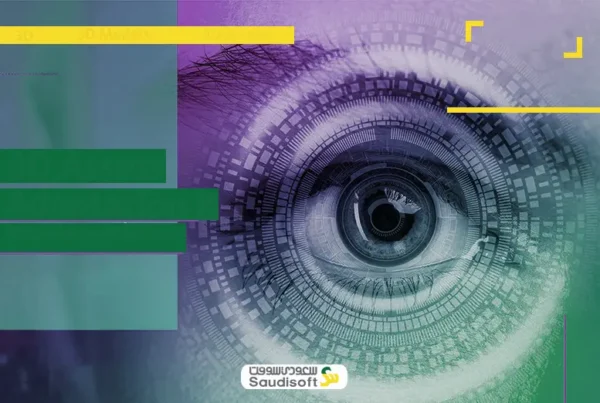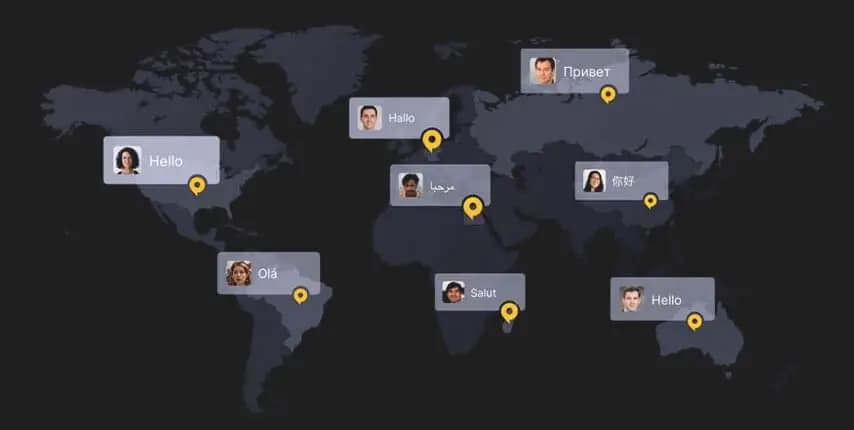The current crisis showed how small the world is. We all feel connected, scared of one thing, following the same rules, and having almost the same thoughts. All events and courses worldwide have been canceled, people are staying home, and no one is allowed to visit their families or beloved ones. To pass the crisis, people are looking for software applications to ease communication, finish their work and learn while staying home.
Some software applications are made in specific languages for specific locals. Users with languages other than the available one may be willing to use the same applications. In this case, these applications will need to be localized. In this article, we’ll discuss the benefits of software localization to your brand.
But first, what is “Software Localization?”
Software localization refers to adapting the software made in a specific language for another audience that has a different language. Software localization process includes:
– UI translation. For example, translating text, buttons, lists, data fields, etc.
– UI testing. To check if the localized elements are displayed correctly in an interactive way.
As a role of the localization process, it reduces the issues occurring while translating the UI of the software into another language. When localizing a graphical user interface (GUI) of software, some languages may not be displayed correctly. For example, after translation, some visual language symbols, known as graphemes, may go over the borders of one of GUI objects e.g. text box, menu.
Furthermore, some software applications cannot deal with the characters and graphemes that are not within a set of information technology standard e.g. ASCII or Unicode, etc. The use of non-standard characters from another language can cause software instability, malfunction, or experience errors.
Software Localization Case Study
“Saudisoft with their Arabic skills has played a major role in POSIFLEX becoming the number 1 POS manufacturer in the Arabic speaking world and we are very grateful for our association.”
Mr. Gareth Cornish
POSIFLEX Vice President – Sales
Translating into languages other than LTR can cause issues in software applications displaying. For example, languages written in Arabic Script such as Arabic, Farsi, Urdu, etc. are bidirectional languages. They are written and read in both directions: from right to left and from left to right. Similarly, other languages are written in a column format, from the top to bottom or bottom to top like Japanese. Some software applications may not be designed to handle such languages, which can cause user interface errors.
Posiflex produces Point of Sale (POS) management systems. Saudisoft helped Posiflex localize two POS products. It required Arabic and Farsi support for both Windows Driver and Android Driver. During the localization process, some issues emerged such as:
– Characters were not representing the complete alphabet/shapes.
– Arabic letters could not be generated/printed because the English driver was not capable of handling such criteria.
– Different applications not necessarily use the same Arabic code page.
– Different POS model has multiple drivers, thus different behaviors while Arabic handling. But fortunately, our development team managed to fix them all and deliver an error-free final product.
Know more about Posiflex.
5 Reasons to Localize Your Software
New Markets, More Revenues
If your product is localized and multilingual, this gives you the privilege to go viral in new markets and reach a wider audience scale. Now, you can sell more around the world. This will increase your revenue and profits in return.
Take Zoom conferencing tool as an example. It recorded $2 billion of revenues from the beginning of 2020, thanks to the pandemic. This happened due to the large number of users holding online videoconferences. Considering that Zoom has only about 8 languages other than English. Imagine if it was localized into more languages!
Better User Experience
Before localization, you better do your research and understand your audience well. With different audiences’ backgrounds and cultures, you need to customize your solutions to fit accordingly. When done correctly, localization ensures your audience understands, interacts, and gets the most out of your software application. A true software localization strategy involves adaptation to different content types e.g. text, graphics, videos, etc. to ensure the optimal functionality. This, in turn, creates a better user experience.
Competitive Advantage
Congrats! You broke the language barrier. This is your competitive advantage. Offering your software application in several languages drives people to choose you over your competitors. If you do not localize your software, you are losing potential customers who need your solution in their native language and are willing to pay for it.
Global Reputation
When localizing your software application and get more users to purchase it, you will be known to more audiences. In other words, you will build a global reputation.
Feedback and Improvements
The more users you have, the more feedback you will receive. Following up with your audience will generate new ideas to add or improve in your application. It’s a win-win situation. They have a better experience with satisfaction and you get more purchases.
Final Word
Almost every software application owner who’s thinking of expansion needs their application to be localized. This makes your solution more beneficial to your audience as well as to you. After reading the benefits we mentioned, don’t you think it’s time to localize your software?







